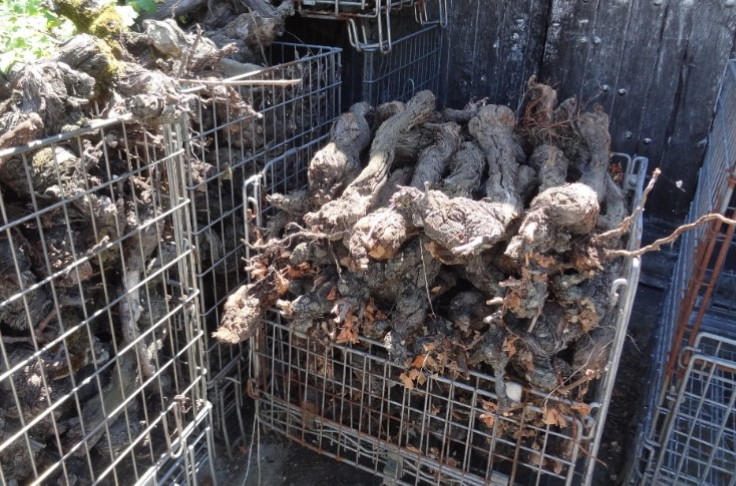New avenues for re-using vine canes and CO2 from the winemaking process

ransforming vine canes into bio-control products is a prospect that could soon become reality. “Vine canes contain polyphenols (catechin, viniferin, resveratrol) which have anti-fungal properties that can inhibit the growth of zoospores from mildew”, explains Arnaud Lanoue, a plant biochemistry researcher at the University of Tours in the Loire Valley. “We extracted the polyphenols then sprayed them at concentrations of 8g/litre with ethanol on the vines. Between 2014 and 2016, IFV trials, particularly those by Guillaume Delanoue in Amboise, showed an average protection of 50% on the vines, which is remarkable for a product applied on its own and not combined with copper”.
A second project aims to achieve industrial maturity for the initiative and turn it into a bio-control product. “Trials on vines in 2021 and 2022, both in France and Europe, showed anti-mildew protection in excess of 90%”, announces Lanoue. Another re-use scheme for vine canes or dead vines involves pyrogasification where lignin and wood cellulose are collected after the polyphenols are extracted.
Re-use of CO2 from fermentation is also being explored. “Ultimately, it is possible that gas from wine fermentations could be included in the energy mix”, claims Emmanuel Lefrançois, director of the French natural gas distribution company GRDF in Indre-et-Loire which is a member of the research and education centre VinopĂ´le. “There are already many ways of re-using CO2, in extinguishers, for medical and pharmaceutical purposes or in the food industry, for example. CO2 can also be injected into greenhouses for producing fruit and vegetables”.






